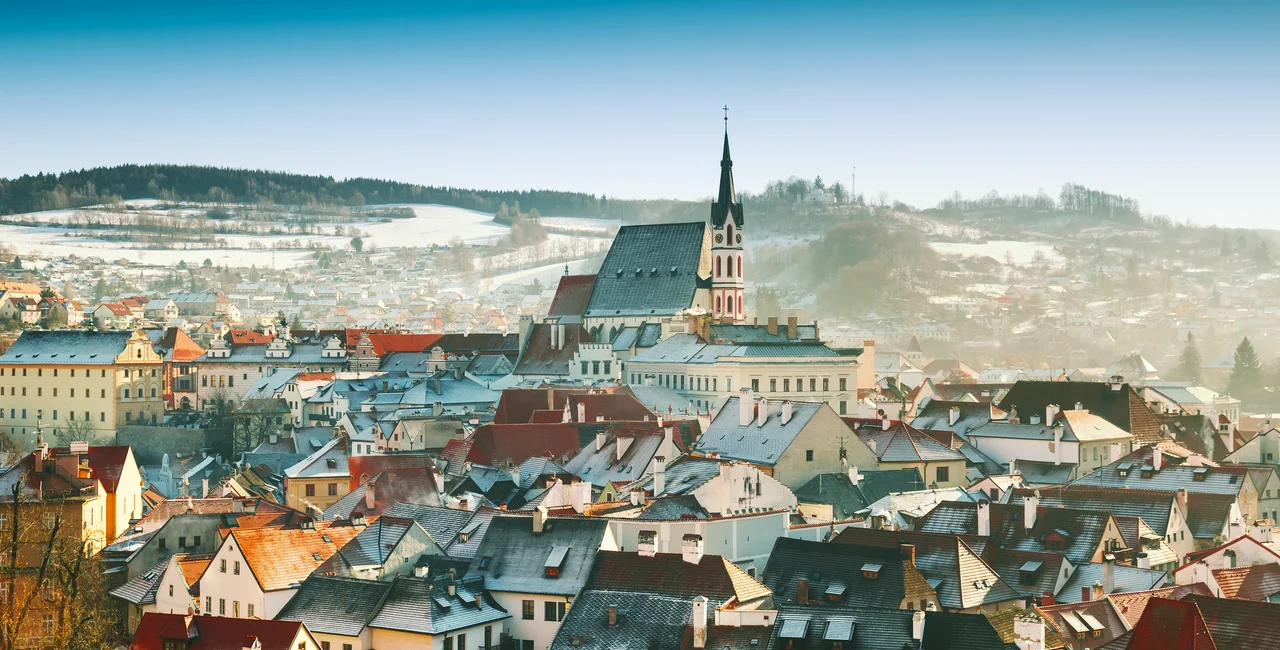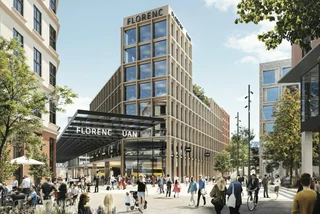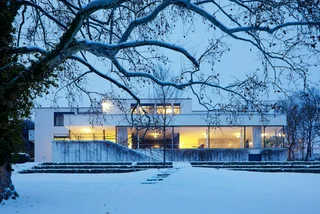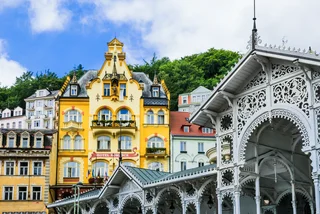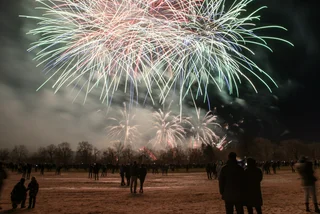Today marks the 30th anniversary of the very first Czech locations to make the UNESCO World Heritage list of protected cultural landmarks. On December 4, 1992, the historic centers of Prague, Český Krumlov, and Telč were granted UNESCO World Heritage status, becoming the first locations from the Czech lands to be selected.
At the time, the cities were still part of Czechoslovakia; the Czech Republic officially split from its neighbor less than a month later. Over the next 30 years, the three Czech cities saw a huge influx of foreign tourism, becoming most-see stops for foreign tourists.
While the capital city of Prague was always going to be a big draw for tourists, the same wasn't true for Český Krumlov and Telč. In the years following the Velvet Revolution, funding related to their UNESCO inscription helped return their historic centers to their former glory.
"It was very important at the beginning of the nineties," Jan Vondrouš, mayor of Český Krumlov at the time, recalls in an interview with iDnes.cz. "After all, when you drove only a short distance over the border, no one knew about Český Krumlov."
Vondrouš was the first Mayor of Český Krumlov after the 1989 Velvet Revolution and saw the city through the dissolution of the Soviet Union in 1991. At the time, Český Krumlov was submitting its case to UNESCO while processing the privatization of historic buildings in the city center.
"When experts from UNESCO arrived, I told them about privatization. At first they didn't agree. But then they looked at the details and confirmed that there are a lot of conservation requirements and it's not about who bids more. The owners will have to meet strict conditions, and if they don't, the city can take the building back."
Ultimately, 90 percent of the buildings in Český Krumlov were granted to those who lived or worked in the city, something that Vondrouš credits with helping turn the city into a major tourist attraction over the ensuing decades. After a stint with the Czech Ministry of Culture, the former mayor himself returned to Český Krumlov, where he now runs the Marionette Museum in the Fairy-Tale House with his son.
While Prague, Český Krumlov, and Telč were the first Czech locations to be granted UNESCO World Heritage Status, a number of others soon followed. The Pilgrimage Church of St. John of Nepomuk at Zelená Hora became protected in 1994, the historic center of Kutná Hora in 1995, and the Lednice–Valtice Cultural Landscape in 1996.
Castles in Kroměříž and Litomyšl, the Holy Trinity Column in Olomouc, Tugendhat Villa in Brno, the Holašovice Historical Village Reservation, and the Jewish Quarter and St. Procopius' Basilica in Třebíč were also added to the UNESCO list over the next handful of years, through 2003.
It would take another 16 years for a Czech site to be added to the UNESCO World Heritage list, but a number of new locations have received UNESCO status since 2019. These include the Ore Mountain Mining Region, the forests of the Jizera Mountains, the Kladruby horse breeding farm, and the spa towns of Karlovy Vary, Mariánské Lázně, and Františkovy Lázně.












 Reading time: 2 minutes
Reading time: 2 minutes 